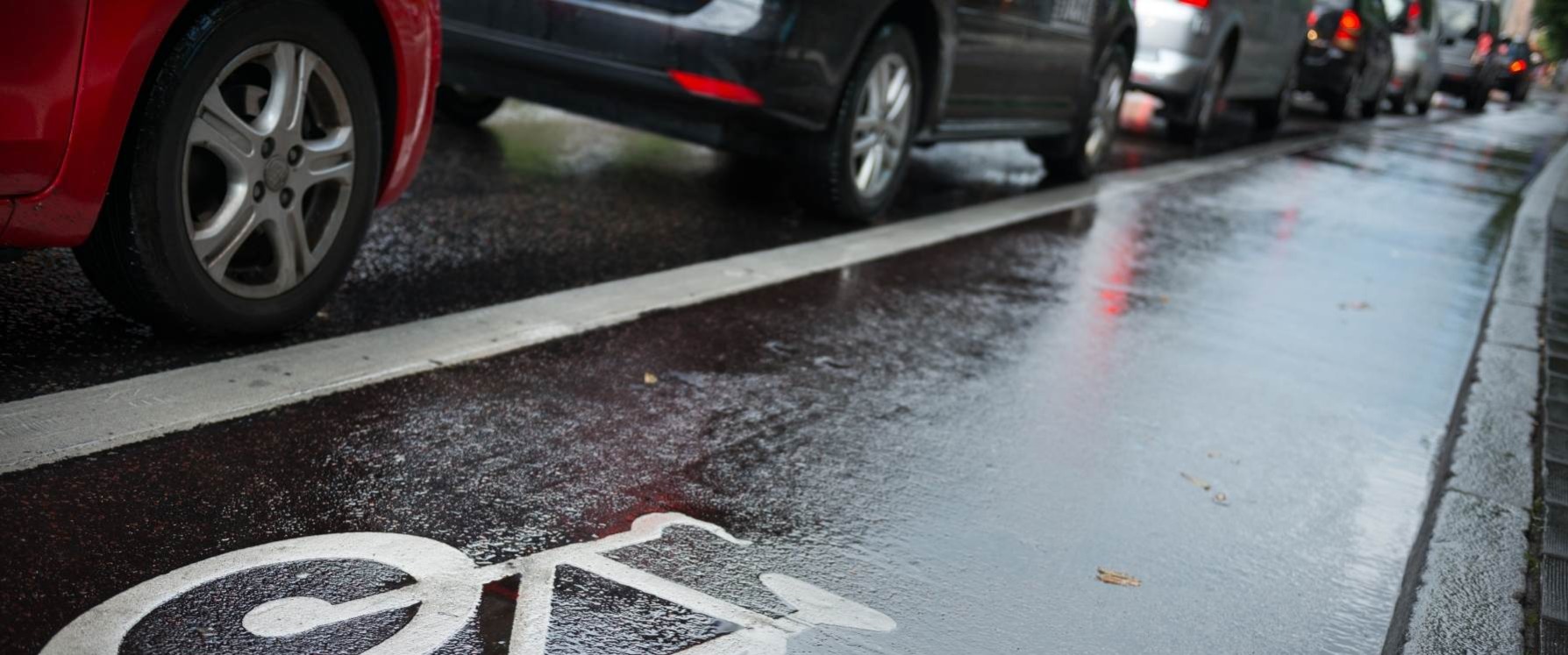
the ''door zone''
How to Safely Navigate Urban Riding.
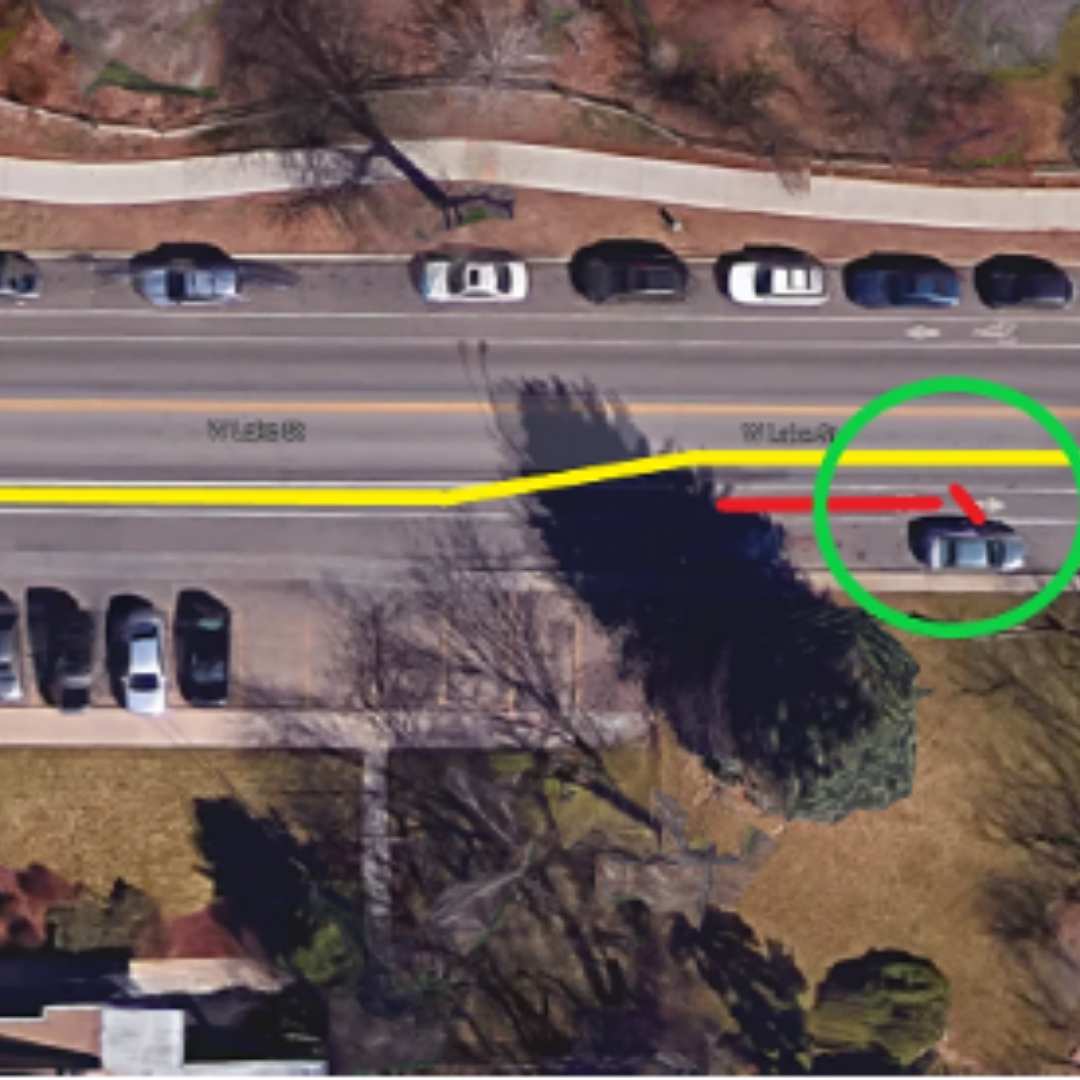
Image Credit: League of American Bicyclists
It’s a beautiful spring day, you’re cruising down the bike lane enjoying your ride and the mild temperatures. Suddenly, the door of a parked car opens right in front of you. In an instant, you need to either brake as hard as you can or swerve into the next lane to avoid the opening door.
Riders who’ve traveled in urban areas know what we’re talking about. Statistically, this maneuver contributes to a significant number of motorist-cyclist collisions (somewhere between 12% and 27%. Here’s an overview of studies that cover this issue). The problem can be so pervasive, several cities have produced campaigns like LOOK! For Cyclists in New York City.
Here are a few things you can do to avoid risking a crash when there are cars parked right next to the bike lane:
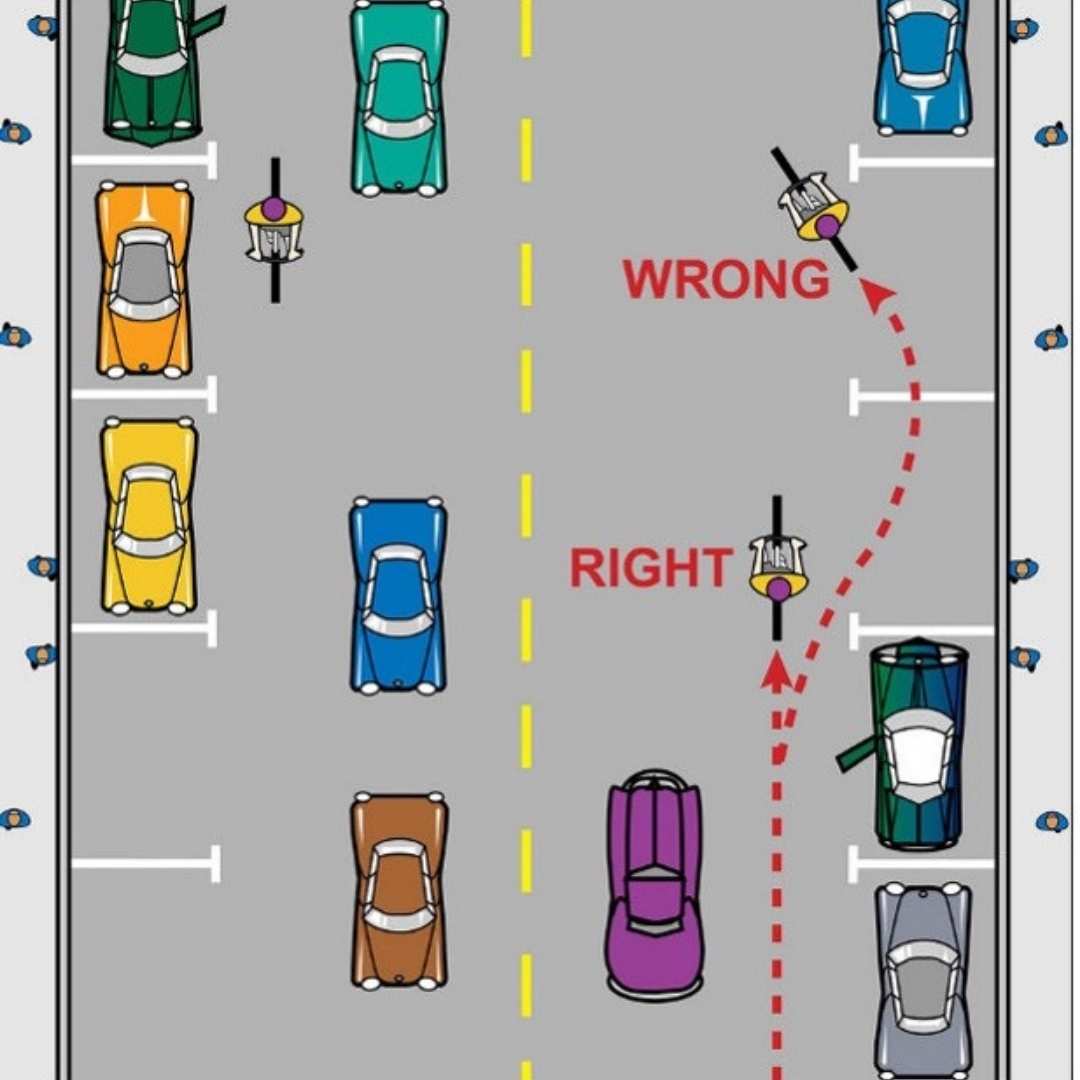
Image Credit: League of American Bicyclists
WHAT RIDERS CAN DO: TAKE THE LANE
To avoid crashing into an opening car door, you can ‘take the lane.’ Taking the lane means moving out of the bike lane and into the rightmost travel lane for cars well in advance of encountering vehicles parked closely to the bike lane (see the yellow line in the picture above). The idea here is to avoid the ‘door zone’, which extends about 3 to 4 feet from a parked car, and to avoid it early so that drivers traveling behind you can see you. For that same reason, you’ll want to stay in the travel lane for cars when there are multiple obstructions along the way (see image to the left).
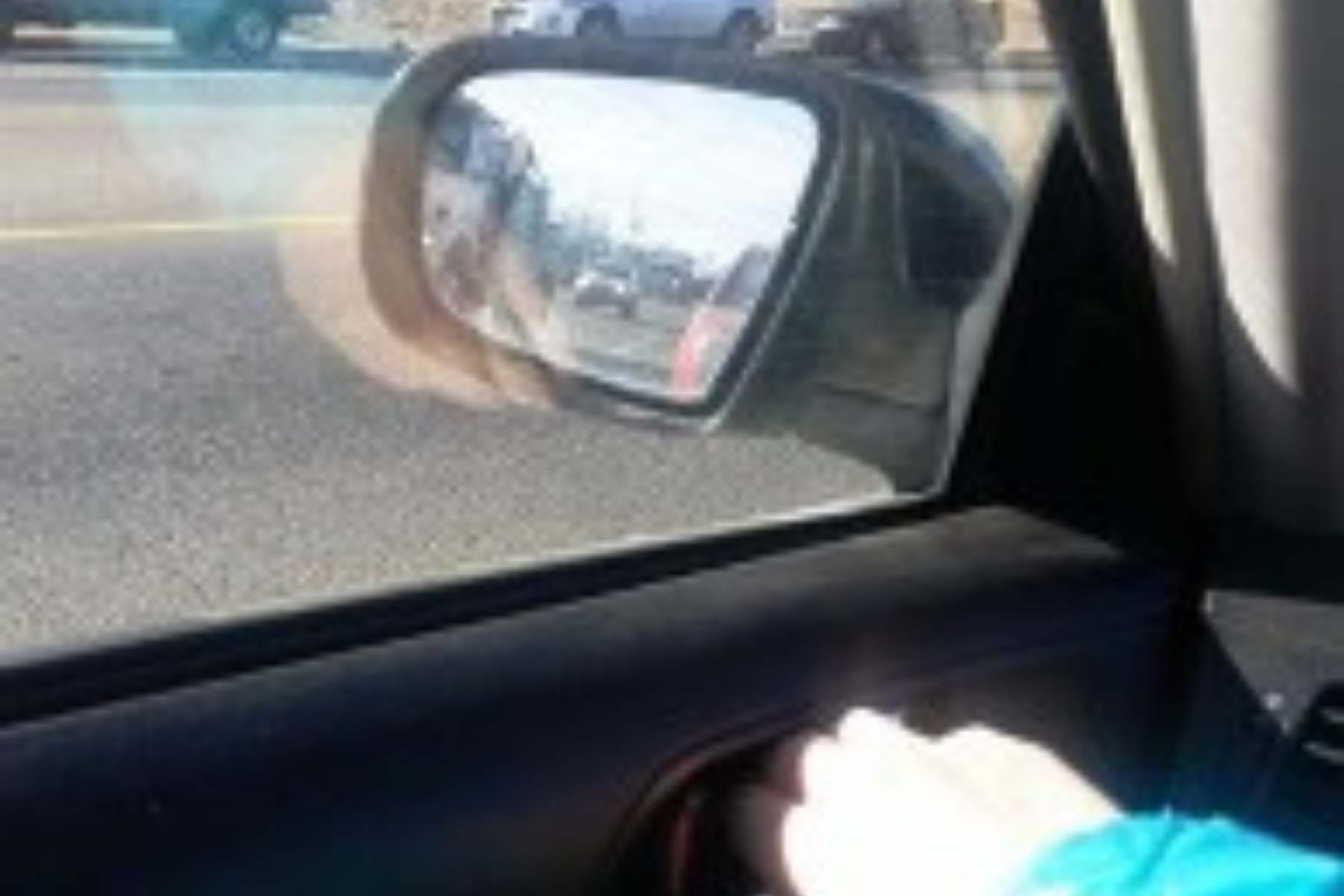
The Dutch Reach. Image Credit: League of American Bicyclists
DRIVERS CAN HELP, TOO: THE ‘DUTCH REACH’
The best thing you can do to avoid accidentally ‘dooring’ a bicyclist when you drive is to park at least three feet away from the bike lane. When that’s not an option because the shoulder between bike lane and curb is too narrow, you’ll need to make sure to look over your left shoulder before you open the door. A great way to do that is to train yourself to use your right hand to open the door on the driver side of the car. That way, the body position shifts, your line-of-sight changes, and you have an easier time spotting cyclists or other vulnerable road users. Opening the door this way was coined the ‘Dutch Reach.’ Guess why.
AT THE END OF THE DAY…
… the best approach to mitigate the danger of dooring is good bike lane design. To get us there, a great thing we as riders can do is to create awareness for the issue. You can give your public officials a call or take a picture of a problem you notice and send it to your local public works department. Or you can help collecting data on a bigger scale. Post pictures on social media using the hashtag #bikelaneuprising or download the Bike Lane Uprising app, an organization that crowdsources and reports bike lane obstruction data.
MORE INFO
Learn more about safe cycling at our next Freedom to Ride Safety Clinic
Bike Lanes | League of American Bicyclists (bikeleague.org)
Where Should I Ride? | League of American Bicyclists (bikeleague.org)
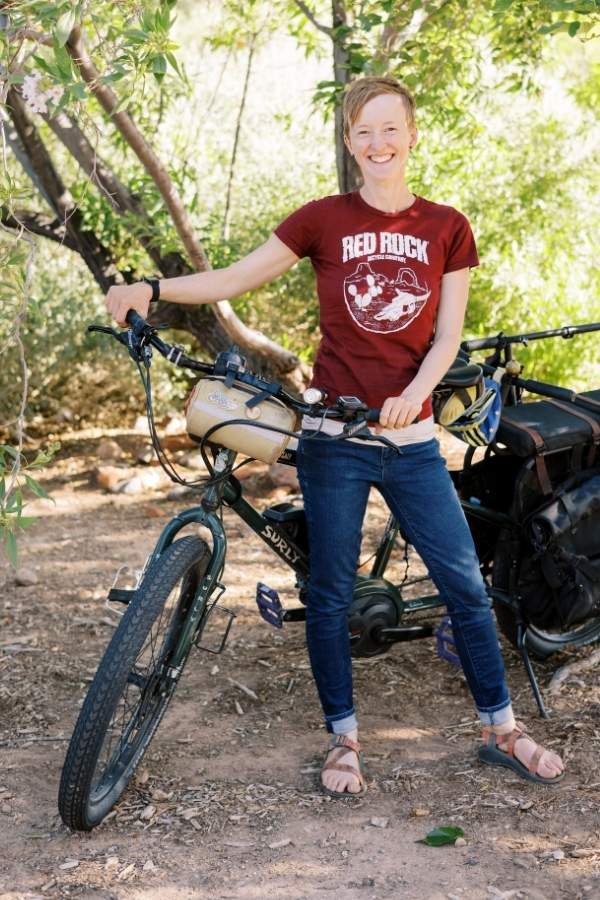
by Judith rognli
Judith Rognli is our Freedom to Ride Specialist, a Service Technician, and a Cycling Instructor certified by the League of American Bicyclists. A Northern German native, she has ridden her bike places since kindergarten. She navigates Washington County on her Surly Big Easy Cargo Bike with her six year old son in tow. When asked whether she feels safe riding her bike around town with a child, she’ll probably tell you that ‘there’s always a bike way’ that allows her to avoid busier roads and intersections. Judith loves sharing her skills and her passion for riding with people of all ages and backgrounds.
